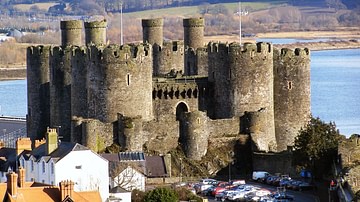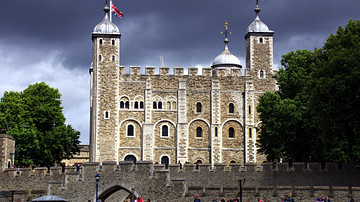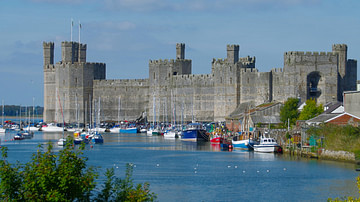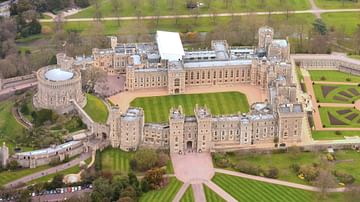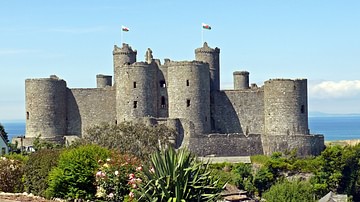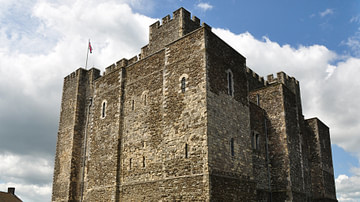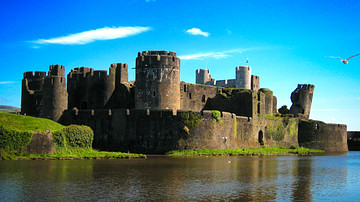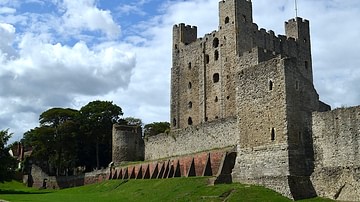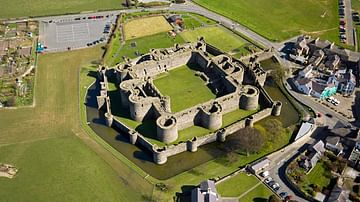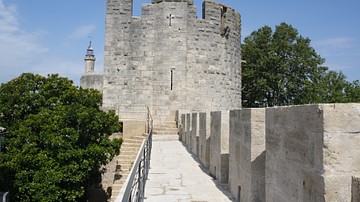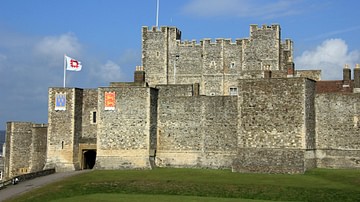The Norman Conquest of 1066 CE brought sophisticated motte and bailey castle architecture to England but it was really in the 12th and 13th centuries CE that stone castle-building reached its zenith. Edward I of England (r. 1272-1307 CE) was a huge fan of using castles as a way to keep control of conquered territories in northern Wales and they became an impressive and lasting symbol of royal power. In this collection of resources, we examine ten of the most famous castles in England and Wales, all of which can still be visited today. From the dark events within the Tower of London to the perfection of concentric castle design that is Beaumaris on Anglesey, we look at the evolution of these great structures, their tumultuous history, their decay and their restoration in modern times. We also include a general look at the key parts of medieval castles and provide a detailed visual glossary of all their distinctive architectural features.
King Edward I selected as a suitable site for Conwy castle a high rock perched above the estuary of the River Conwy on the east side and the Gyffin stream on the south side. Easily defended, the castle could then be supplied by the river in times of siege. However, as with his other castles, Conwy's position had a significance beyond mere defensive features as it was also the site of the Cistercian Aberconwy Abbey of Saint Mary and the burial place of Llywelyn ap Iorworth, the prince who ruled North Wales and who is often called Llywelyn the Great (r. 1195-1240 CE). The Cistercian monks were obliged to move elsewhere and, once again, the English king appropriated a culturally significant site for his own message: a new order had begun.
